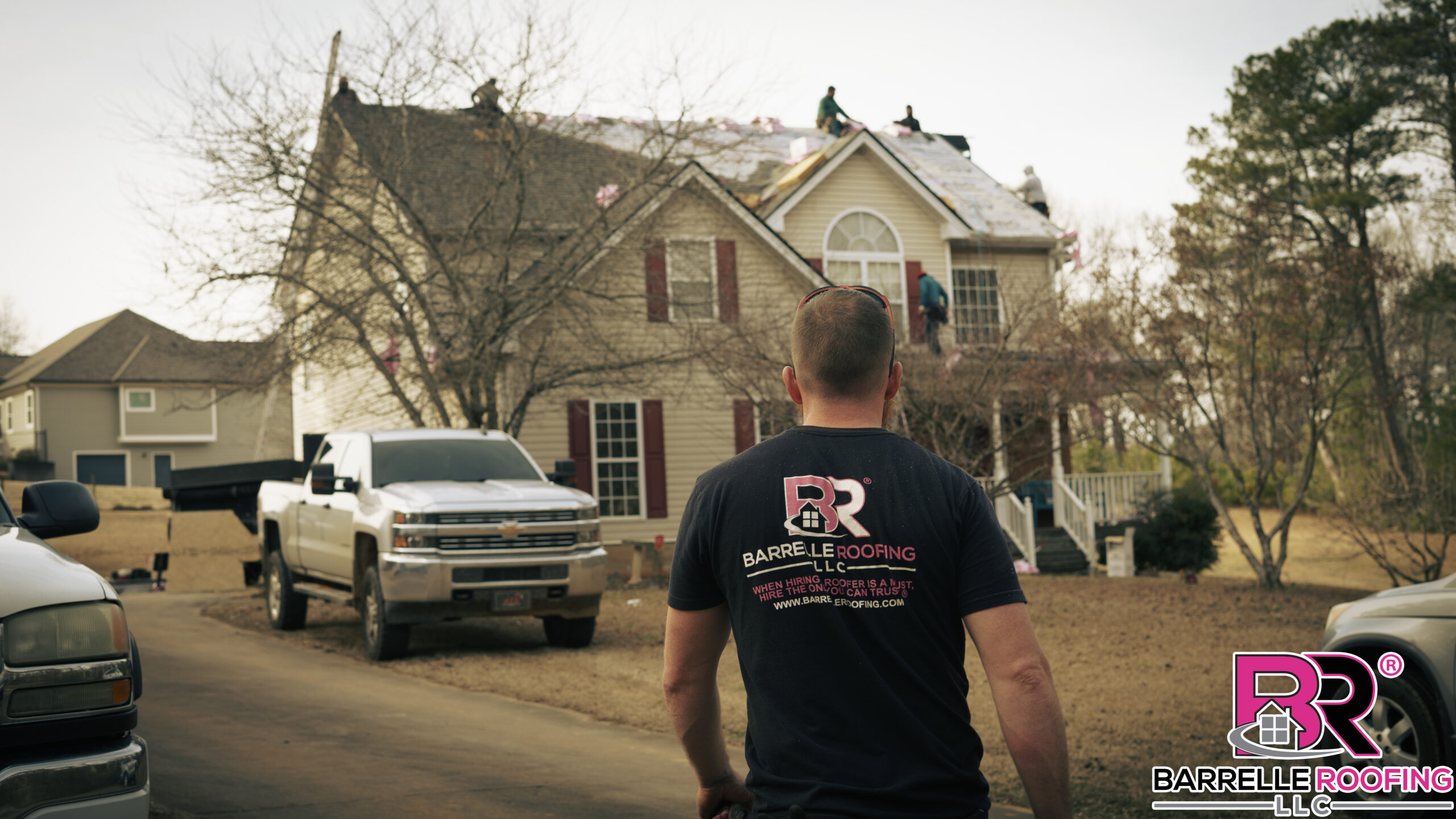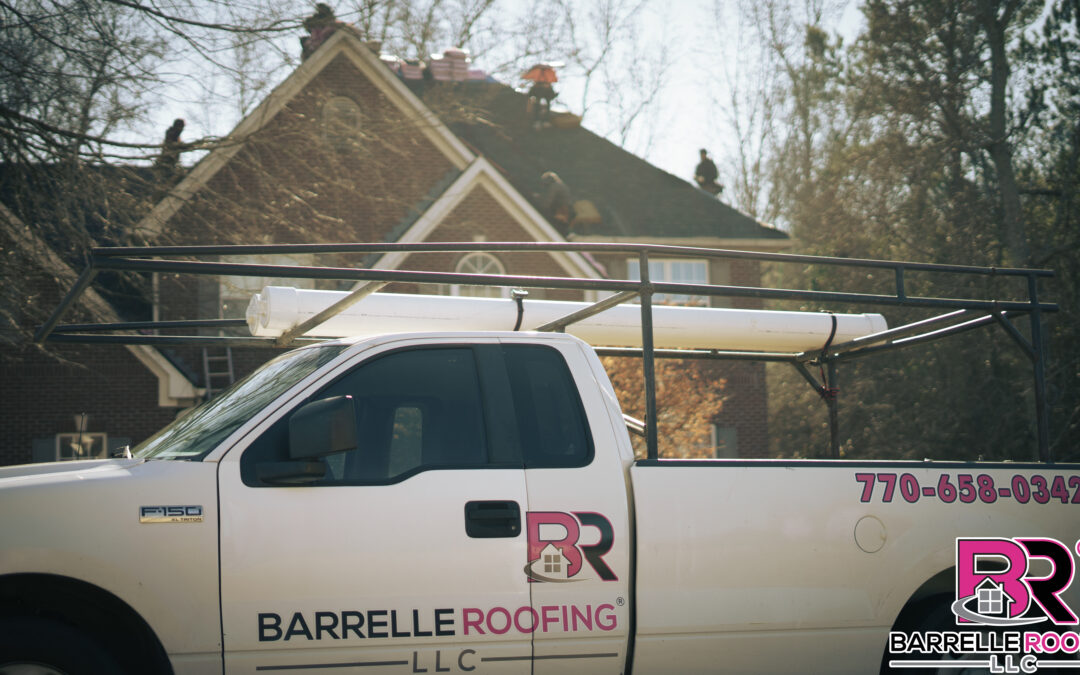It’s super essential for both contractors and homeowners to understand roof pitch, as it significantly influences a roof’s functionality, aesthetics, and durability.

Your roof’s pitch refers to it’s steepness or angle, typically expressed as a ratio of the vertical rise to the horizontal run. For instance, a 6:12 pitch means the roof rises 6 inches for every 12 inches it extends horizontally.
Why Roof Pitch Matters
The pitch of your roof affects several critical aspects of your home:
- Water Drainage and Snow Shedding
Steeper roofs facilitate efficient water runoff and snow shedding, reducing the risk of leaks and structural damage. In regions with heavy rainfall or snowfall, a higher pitch is advantageous to prevent water accumulation and ice dams. - Material Compatibility
The slope of your roof dictates the types of materials suitable for installation. Certain materials perform better on specific pitches; for example, asphalt shingles are typically recommended for roofs with a pitch of 4:12 or greater. - Aesthetic Appeal
Roof pitch contributes to the architectural style of your home. A steeper pitch can add character and a more traditional look, while a lower pitch offers a modern, streamlined appearance. - Structural Considerations
Altering your roof’s pitch involves significant structural modifications, including changes to eaves, internal walls, and ridges. Such adjustments can be complex and costly, necessitating careful planning and professional consultation.
Learn more HERE!
Determining the Right Roof Pitch for Your Home
Selecting the appropriate roof pitch requires consideration of various factors:
- Climate
In areas prone to heavy snowfall, a steeper pitch is beneficial for snow shedding, whereas regions with high winds may favor a lower pitch to reduce wind resistance. - Architectural Style
Ensure the chosen pitch complements your home’s design. Traditional styles often feature steeper pitches, while contemporary designs may incorporate flatter roofs. - Local Building Codes
Compliance with local regulations is crucial. Some areas mandate minimum roof pitches to address environmental concerns, such as drainage and snow load.
Common Roof Pitches and Their Applications
Understanding standard roof pitches can guide your decision-making:
- Flat Roofs (0:12 to 2:12)
While nearly horizontal, flat roofs require meticulous waterproofing and are common in commercial buildings and modern homes. - Low-Slope Roofs (2:12 to 4:12)
These roofs necessitate special materials to prevent leaks and are often used in ranch-style homes. - Conventional Pitched Roofs (4:12 to 9:12)
Offering a balance between aesthetics and functionality, this range suits various materials and is prevalent in many residential designs. - Steep-Slope Roofs (9:12 and above)
Ideal for shedding water and snow efficiently, these roofs are characteristic of Victorian and Gothic architectural styles.
Conclusion
Roof pitch is a fundamental aspect of your home’s design, impacting everything from weather resistance to aesthetic appeal. By understanding its importance and considering factors like climate, material compatibility, and architectural style, you can make informed decisions that enhance your home’s durability and beauty.
For professional guidance on selecting the optimal roof pitch and materials for your home, consult with experienced roofing contractors who can provide tailored solutions to meet your specific needs.
📞 Call us now to schedule your roof inspection!
